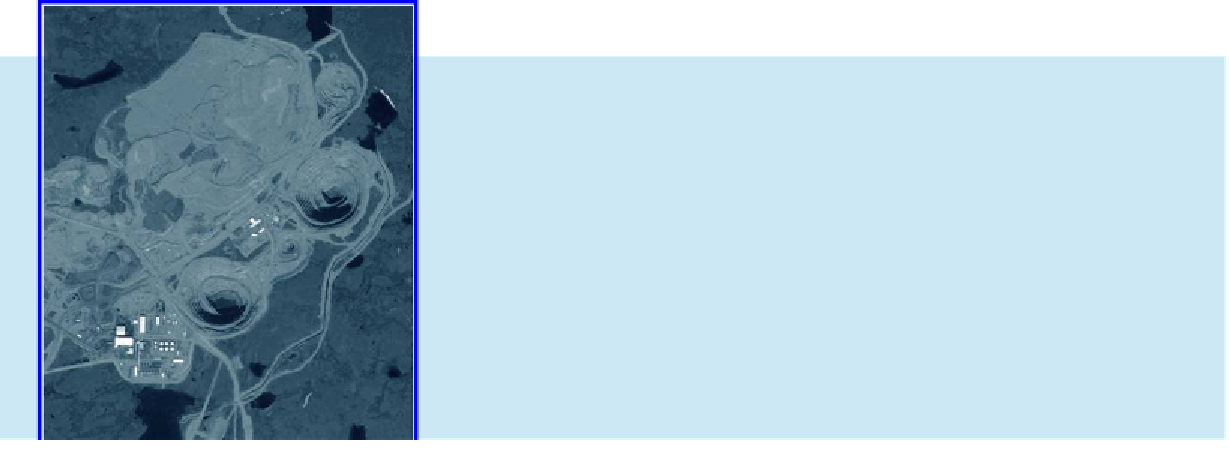Environmental Engineering Reference
In-Depth Information
and regional development banks such as the African Development Bank (AfDB), the
Inter-American Development Bank (IADB), or the Asian Development Bank (ADB).
Given their mandate, multilateral i nancial institutions are generally reluctant to become
involved in projects that are commercially viable and hence, whose i nancial needs could be
met through the ordinary tools of i nancial markets. Exceptions include mine proposals by
state-owned mining companies with limited access to private capital markets, because of a
country's low credit standing, and proposals where international agency funding for project
infrastructure would provide identii able benei ts to the host region. Multilateral lenders,
however, see additional roles of project funding that serve as a catalyst for the involvement of
other participants, providing initial technical and environmental assistance in project devel-
opment, and to a lesser extent, assisting in identifying viable project opportunities through
worldwide surveys. The involvement of the IFC is often seen as giving a stamp of respectabil-
ity to projects. An environmental impact assessment that meets IFC requirements, as is man-
datory for IFC participation in a mine project, is considered meeting best industry practice.
Multilateral lenders involved in project i nancing fully recognize the environmental
and social risks of mining projects. In the past, ill-planned mine developments have caused
social unrest, loss of reputation, and eventually loss of money. Many large mining projects
continue to be controversial (such as Ok Tedi, Freeport, or Lihir, all discussed elsewhere
in this topic). Today information on mining projects and related issues are easily available
to all parties, including to groups or individuals that oppose mining as a matter of prin-
ciple (
Case 3.3
). In response, multilateral lenders have adopted an open and transparent
approach to investment and, in many respects, set the benchmark for best industry practice
for public involvement (such as World Bank 1999). It is now common practice for multi-
lateral lenders to use the Internet to publicize their involvement in a project and to make
environmentally related information public knowledge.
The involvement of the IFC is
often seen as giving a stamp of
respectability to projects.
Multilateral lenders have adopted
an open and transparent
approach to investment and,
in many respects, set the
benchmark for best industry
practice for public involvement.
Commercial Financial Institutions - Increasingly Embracing
Sound Environmental Practices
Commercial i nancial institutions have always been involved in foreign direct investments
in developing countries. They have expanded along with their multinational clients, and
have established institutional frameworks through which large and risky ventures can be
i nanced. Commercial i nancial institutions, however, are notoriously conservative and
CASE 3.3
Taking a Tour on Google Earth
'EKATI is a magical and unique place. No other mine in
Canada is like it. No other mine in the world is like it
'
(BHPB's EKATI Diamond Mine Backgrounder). And yet, the
mine attracts few if any passers-by. Located 200 kilometres
south of the Arctic Circle in the Northwest Territories, Canada,
and 100 kilometres north of the treeline, in an area of
continuous permafrost with winter temperature of
50
o
C
and below, the mine is hardly a place that invites visitors,
be they tourists or anti-mining activists. However, the mine is
only a few clicks away on Google Earth. Today high resolu-
tion satellite images and their easy access thanks to Google
Earth (and other image providers or image libraries) bring
even the remotest areas within comfortable reach.
Photo Credit: Google Earth








Search WWH ::

Custom Search